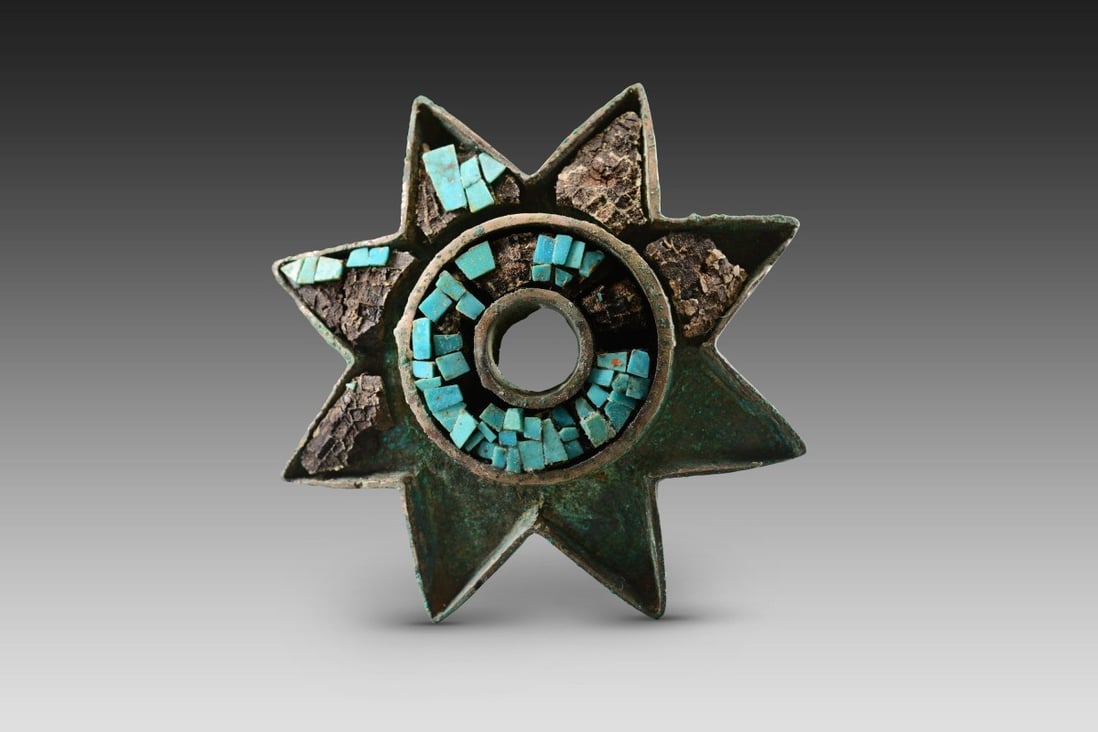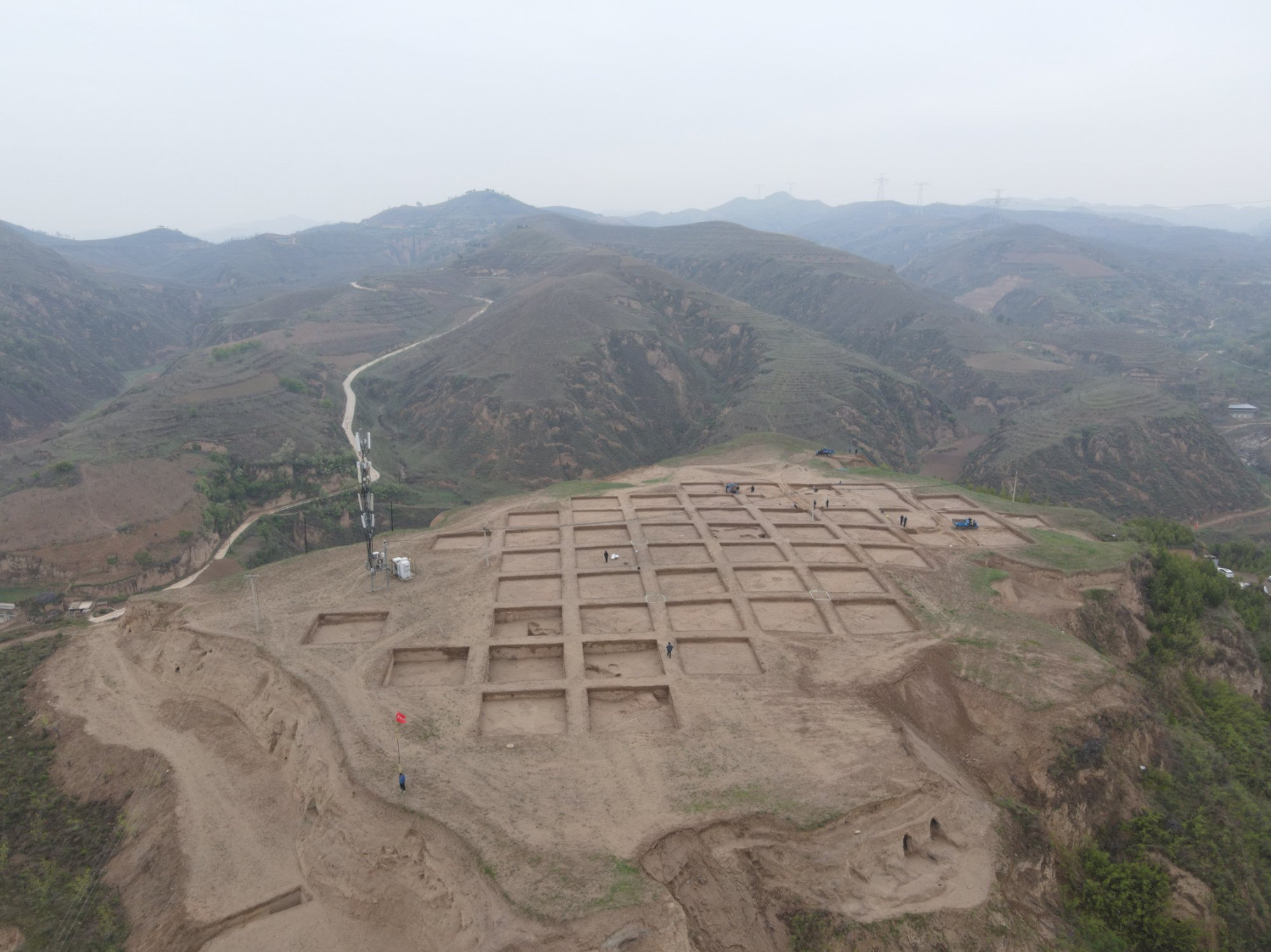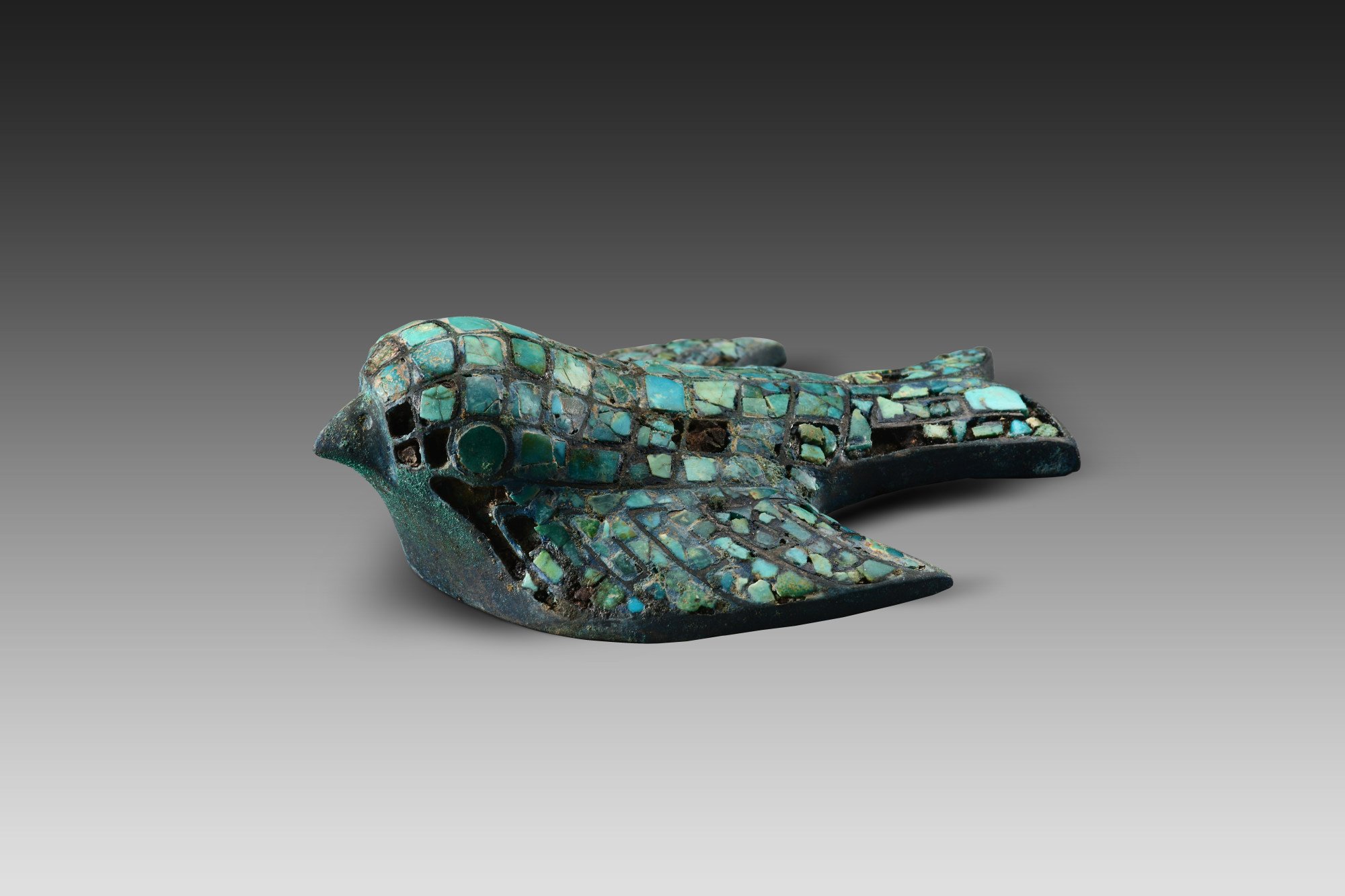Insights into CPC governance. Putting here as there is no thread for China Political Governance.
You are using an out of date browser. It may not display this or other websites correctly.
You should upgrade or use an alternative browser.
You should upgrade or use an alternative browser.
China News Thread
- Thread starter KYli
- Start date
Revert the brain drain bit by bit.
Dr. Sun is an expert in the artificial photosynthesis field. He came back from Swede and started work with Chinese institutions since year 2000.
Xie created single-molecular enzymology as a branch in biophysical chemistry. He is also a founder of single-molecular biophysical chemistry. He started work with Chinese insititutions since year 2010.
6月2日,中国科学院学部网站发布关于孙立成、谢晓亮转为中国科学院院士的公告:根据《中国科学院院士章程》和《中国科学院外籍院士转为中国科学院院士暂行办法》的相关规定,孙立成、谢晓亮由中国科学院外籍院士转为中国科学院院士。
Dr. Sun is an expert in the artificial photosynthesis field. He came back from Swede and started work with Chinese institutions since year 2000.
公开资料显示,孙立成,物理化学家。1962年8月生于黑龙江省东宁县。1990年获大连理工大学博士学位。现任瑞典皇家工学院分子器件讲席教授。2017年当选瑞典皇家工程院院士。
利用人工光合作用将太阳能和地球上最丰富的水资源及温室气体CO2转换为清洁燃料如氢气或甲醇等,是摆在世界各国面前的重大研究课题。其关键科学问题之一在于制备高效水氧化催化剂。孙立成在高效水氧化分子催化剂设计合成、氧-氧键形成机理、光解水制氢功能器件设计与制备等方面取得了重要的研究成果。他是全球高被引科学家,德国Wiley 期刊ChemSusChem编委会主席,曾获瑞典皇家科学院沃尔玛克奖、瑞典化学会阿尔纽斯奖、国际先进材料协会智能能源技术奖等国际奖项,2017年获瑞典国家杰出教授基金。2013年作为四位杰出科学家之一受到瑞典国王接见。
从2000年开始,孙立成积极投入到与中国实质性的国际科技合作中。他在大连理工大学建立了人工光合作用研究中心,从海内外引进一批优秀科研人才,在太阳能燃料与太阳能电池前沿科学领域进行深入研究,取得一系列重要科研成果。研制出目前效率最高的水氧化分子催化剂,其催化效率可与天然光合作用水氧化中心相媲美,通过实验证明了水氧化过程中O-O键形成新机理即通过自由基耦合方式进行;提出了光解水制氢功能器件设计新策略,开发出多个首例分子催化光解水功能器件;率先提出基于推拉电子体系的染料分子设计方法,被国际同行广泛采纳;设计合成了一系列新型空穴传输材料,性能优异,成本低廉,具有产业化前景。他建立了该领域中欧高层次人才联合培养渠道,为我国培养、锻炼和输送了一大批优秀的科研人才,合作发表SCI论文450余篇。在他的积极策划下,中国与欧、美、日、韩等多国进行了广泛深入的科研合作,推动了中国在该领域的国际化进程。他为我国科技事业发展建言献策,向国家科技部、基金委建议在人工光合作用领域布局重点基础研究发展规划,他与国内同行共同努力,推动我国人工光合作用研究走向世界前沿。
Xie created single-molecular enzymology as a branch in biophysical chemistry. He is also a founder of single-molecular biophysical chemistry. He started work with Chinese insititutions since year 2010.
谢晓亮,男,生物物理化学家。1962年6月出生于北京,1990年在加州大学圣地亚哥分校获得博士学位,现任哈佛大学化学与化学生物系 Mallinckrodt终身讲席教授,兼任北京大学生物动态光学成像中心(BIOPIC)主任,北京未来基因诊断高精尖创新中心(ICG)主任。美国科学院院士、美国医学院院士和美国艺术与科学学院院士。
谢晓亮是单分子酶学的创始人、单分子生物物理化学的奠基人之一、相干拉曼散射显微成像技术和单细胞基因组学的开拓者。 2017年当选为中国科学院外籍院士。
谢晓亮的研究涉及三个方向。基础研究领域:单分子酶学、单分子生物物理化学、基因表达和调控;技术发展领域:单分子成像、单细胞基因组学、相干拉曼散射显微成像、DNA 测序;医学应用领域:体外受精胚胎植入前遗传学筛查与诊断。
2012年谢晓亮团队发明了单细胞全基因组扩增新技术MALBAC, 并与北医三院乔杰、北京大学汤富酬合作,把MALBAC技术应用于筛查植入前胚胎基因组,使携带单基因遗传疾病的父母获得健康的后代。2014年9月19日,世界上第一例“MALBAC婴儿”诞生,标志着我国胚胎植入前遗传诊断技术处于世界领先水平。迄今为止,中国有三百个家庭受益于MALBAC技术,成功避免了单基因遗传性疾病的后代传递。
2010年他在北京大学主持创办的生物动态光学成像中心BIOPIC,现已经成为享誉国内外的技术驱动型生物医学研究中心。2016年谢晓亮又组建了北京未来基因诊断高精尖创新中心(ICG),以促进我国基因组学和精准医学的发展。谢晓亮为中国单分子生物学和精准医疗领域的研究走向世界做出了杰出奉献,也为祖国人民的健康做出重要贡献。
supercat
Colonel
Baby elephants:
Tibetan antelopes:
Golden leopard:
Tibetan antelopes:
Golden leopard:
China’s Bronze Age Shang dynasty gives up more of its secrets from 3,600 years ago
- Four Shang sites have recently been unearthed in Beijing and nearby provinces
- Findings offer valuable picture of city building, social systems, burial etiquette and handicraft use, national cultural heritage body says
Published: 9:00am, 2 Jun, 2023 Updated: 3:56pm, 2 Jun, 2023

A Shang-era copper ornament with turquoise inlay unearthed from the Zhaigou site in Shaanxi province, China. Photo: Shaanxi Academy of Archaeology
Four archaeological sites dating back 3,600 years have offered new insights into one of the , including an early indoor heating system, the likely use of moats for city protection, as well as painted pottery and turquoise jewellery as markers of status.
The sites belonging to the ancient Shang dynasty (1600BC-1046 BC) were recently discovered in the capital Beijing, its adjacent Hebei province, as well as the northwestern Shaanxi and central Henan provinces, according to China’s National Cultural Heritage Administration.
The discoveries from the sites paint a historically valuable picture of city construction, social systems, burial etiquette and handicraft production of what is regarded as the second Chinese dynasty, the administration said in a statement on Tuesday. The Bronze Age dynasty is also the first Chinese royal line backed by .

Large rammed earth buildings were found at one of the sites. Photo: National Cultural Heritage Administration
Among the finds were nine tombs of high-ranking nobility from the late Shang dynasty, the largest burial site of its kind ever unearthed in northern Shaanxi.
These were found in the Zhaigou site situated on 11 hills featuring large rammed earth buildings, cemeteries and bronze-casting shops.
More than 200 burial objects were recovered from the tombs, including a set of accessories placed on chariots and horses, a swallow-shaped ornament inlaid with turquoise, a bone tool with animal patterns also inlaid with turquoise, cloud-shaped gold earrings, copper arrowheads, copper axes, sea shells, jade and crocodile bone.
Researchers said the tombs offered insights into the political structure of the Shang dynasty and interactions between the Shang and northern cultures.

A turquoise-inlaid ornament unearthed from the Zhaigou site. Photo: Xinhua
At the Xingong ruins in Beijing, one of the earliest Bronze Age settlements discovered in the capital, archaeologists found tombs laid out in order and facing in the same direction, suggesting a form of town planning.
Some of the tombs also held burial objects such as painted pottery, jade and gold earrings, turquoise necklaces and red agate beads, reflecting the high social status of those buried.
Analysis of the remains also showed that people across different social levels ate a similar diet of millet and meat.
Researchers said the findings could shed light on Bronze Age cultural exchanges between people living in the Yan Mountains area of Beijing and the northern grasslands.
Some remarkable urban planning findings related to the Huanbei Shang site in Henan, once a capital city of the mid-Shang dynasty that was first discovered in 1999.
Archaeologists studying the area over the past two years found that a part of the city was surrounded by ditches, instead of rammed earth walls as previously thought. They also found clues pointing to potential passageways and bridges to access the city.
The findings could change the understanding of ancient urban layouts, researchers said, as they indicated walls were not seen as the only way to protect a city.
The fourth site, near Handan in southern Hebei province, used to be a key military location during the Shang dynasty. The medium-sized settlement relating to the late Shang and subsequent Zhou dynasty was found to contain burial areas, roads, moats, pottery kilns, stone waterways and rows of houses.

Ancient artefacts recovered included painted pottery, and copper arrowheads and axes. Photo: National Cultural Heritage Administration
In one of the houses, researchers found an indoor structure for heat circulation, which could be an early form of the Chinese kang, an ancient system of using a heated platform to keep homes warm over the long northern winter.
As the first Chinese dynasty with written historical records, the Shang are believed to mark the start of Chinese civilisation and culture.
They are believed to have invented or used the basic tools and techniques needed to make a society grow, such as writing, farming, social ceremonies, chariots or weapons for warfare and political organisation.
Addiction is a sad and lonely curse.A Chinese teenager her family's savings of approximately $63,260 over four months to fuel her mobile gaming addiction.



